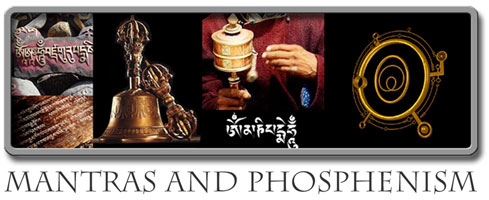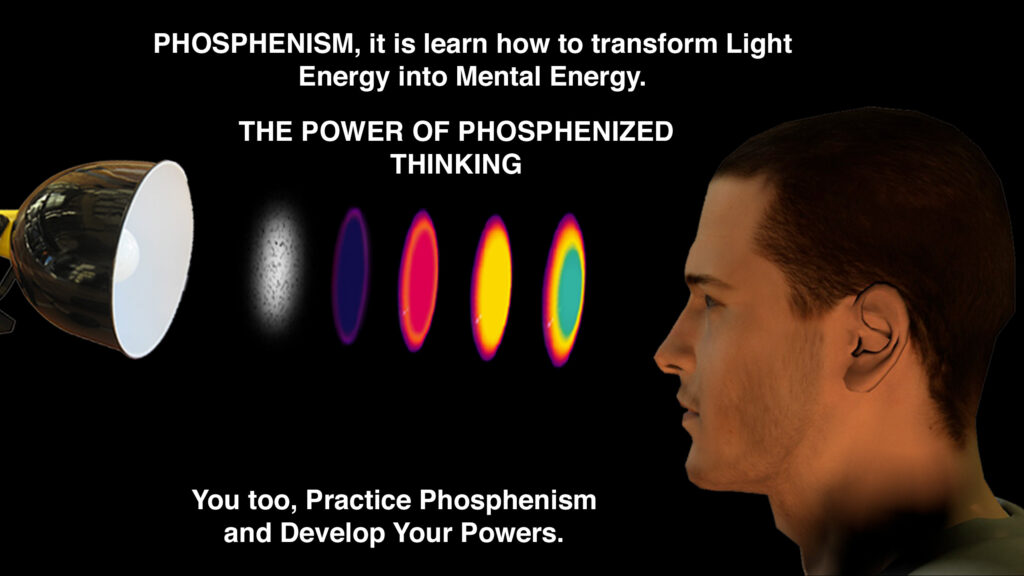MANTRAS

MANTRAS
In the Hindu and Buddhist traditions, a mantra (from the sankrit ‟sacred formula”) is a set of syllables arranged in a given order, that is repeated many times along a certain rhythm.
Though reciting mantras is typically related to Hinduism, similar practices can be found in most religions. Indeed, the use of chanted repetitive formulas appears in the form of the tradition of the rosary in the Christian religion, in the form of repetitions of the verses of the Koran in the Muslim religion and in the form of readings of the Torah, accompanied by anteroposterior sways, in the Israelite religion. It is the same for ‟primitive” cultures which use repetitive chanting during ceremonies. Everywhere, praying takes the shape of rhythmic repetitions.
Using the term ‟mantra” to qualify traditions that are so distant geographically can seem improper. Nevertheless, French physician Francis Lefebure has managed to demonstrate, in a scientific manner, the physiological reasons for the universality of these practices. In his book: OM and the mantras, the natural name of God, Doctor Lefebure explains the action of rhythm on the brain and provides guidelines for developing one’s own personal mantras. His book starts with a morphological analysis of the mantra ‟OM” or pranava mantra, including many relevant analogies between human anatomy, sound and various elements (geometry, physics, chemistry, physiology).
The second part of his book is dedicated to a precise analysis of the sounds of the mantras, allowing the creation of efficient mantras. Rather than limiting his analysis to a futile discussion on the meaning of the mantras, or even on their linguistic origins, Doctor Lefebure goes straight for the essential by providing data allowing the understanding of the analogic resonances between vowels and consonants and various natural elements, as well as the relationship between mantras and the chakras.
A brief history of the mantras is also included, shedding light on the universality of the mantra ‟OM”, used by many traditions in slightly different forms (Hinduism, Taoism, Buddhism, and also by the Celtic, Zoroastrian, Tibetan, Muslim, Hebrew and Christian traditions). This universality is hidden, lost in translation.
Dr Lefebure has also demonstrated that the regularity of the rhythm of chanting greatly improves the efficiency of mantras. For this purpose, Dr Lefebure designed the Mantratron, a kind of metronome specially designed for practicing mantras.
Another essential part of the discoveries of Doctor Lefebure is the systematic use of the phosphenes to improve any type of intellectual or mental work. The phosphenes are all the subjective sensations of light, i.e. those which are not directly provoked by light stimulating the retina. They can be produced by focusing shortly on sources of light.
Experiment with the Mantratron
An interesting experiment consists in combining the phosphenes and the Mantratron to your usual practice of the mantras:
Set your Mantratron on an appropriate rhythm.
Focus on the phosphenic lamp for roughly thirty seconds, then close your eyes.
Recite the mantra, following the rhythm of the Mantratron.
After three minutes, focus on the lamp again. That way, the recitation of your mantra is always accompanied by the presence of a phosphene.
The energy produced by the recitation of the mantra is considerably increased.
Importante Note
We have done our best to provide you with the most accurate translation of our french website. Nevertheless, it is possible that some language errors may remain. So, don’t hesitate to contact us to communicate them to us.
Thank you for your indulgence and for your consideration of the many hours spent translating all our pages and, more particularly, all the testimonies we share with you so that you may become aware of the impact that Phosphenism can have on those who practice it.
Wishing you the best with your practice of Phosphenism.
Daniel Stiennon (Dr. LEFEBURE School Director, France)


